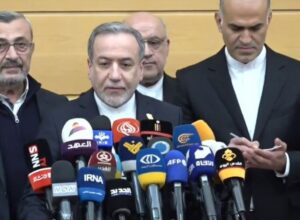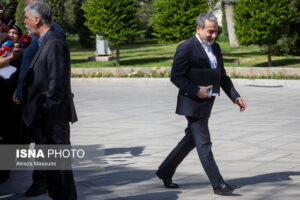According to an analysis by the Jewish Institute for National Security of America, the Israeli regime deployed a significant number of THAAD interceptor missiles during the conflict to counter waves of Iranian missile attacks. The report indicates that around 92 THAAD missiles were fired to intercept Iran’s medium-range ballistic missiles, accounting for roughly 14 percent of the U.S. estimated total inventory.
THAAD missiles, produced by the American company Lockheed Martin, cost approximately $12.7 million each. Due to their high cost and other factors, replacing these missiles is progressing slowly. In 2024, the U.S. purchased only 11 THAAD missiles, and by the end of 2025, it is likely to acquire an additional 12.
The Jewish Institute for National Security of America’s report suggests that Washington may receive between 25 and 37 additional missiles by 2026. Even at this rate, fully replenishing the stockpile could take at least five years.
The U.S. has also signed contracts worth $15 billion with Saudi Arabia and $42 billion with Qatar to supply THAAD systems. However, it now faces the challenge of whether to prioritize its domestic needs or fulfill its commitments to its Middle Eastern allies.
Media reports indicate that the Pentagon is concerned about the rapid depletion and slow replenishment of THAAD missile stockpiles, but no official statement has been issued on the matter so far.







